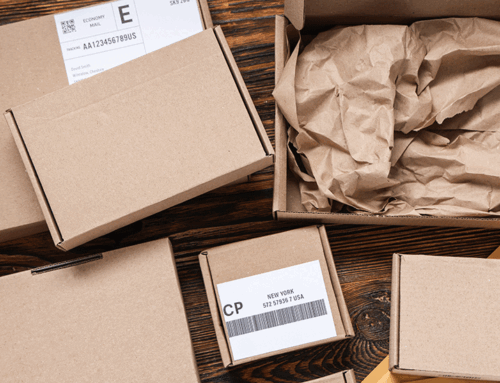The emergence of AI solutions has brought about significant changes and benefits to various industries including art, but it also comes with its own set of challenges and drawbacks. While AI solutions offer numerous advantages such as automation, analytics, and personalisation, they also come with challenges related to privacy, reliability, job displacement, ethics, bias, and dependency. It’s important for artists to carefully consider both the benefits and drawbacks as they embrace and regulate the use of AI.
Footage sourced from artist Adelaide Damoah
On the plus side, it’s true to say that AI can and has opened new possibilities for artists. For example, by transforming the style of one artwork to another AI is creating new visual interpretations which can offer artists new avenues to explore. One performing artist who has highlighted this point is Adelaide Damoah who when using Runway’s AI video app turned a series of images into a new performance form.
About this she wrote: “These strange videos have permeated my thoughts and got me thinking new ideas about further developing this performance. Ideas that I don’t think I would have had without the AI intervention I instigated with it, which is incredibly exciting to me… AI-powered technologies could potentially help artists experiment with new forms of expression”. (We sourced this from @adelaidedamoah’s Instagram post of on 7thAugust, it’s worth reading).
While AI solutions in art offer exciting opportunities, they also bring challenges, such as the question of authorship and the potential for art to lose its human touch. Artists, technologists, and art enthusiasts continue to explore the intersection of AI and art, pushing boundaries and redefining what it means to create and appreciate artistic expression in the digital age.














